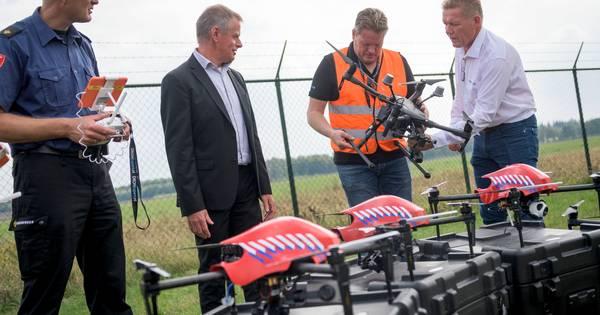VUTURA analysed the behaviour of the new digital smart cities and how unmanned vehicles integrate into this interconnected world based on demonstrations carried out in different scenarios: manned aviation, different levels of automation, commercial and leisure drones.
Information was shared in digital format allowing all parties to access the data through a web interface.
In addition, demonstration flights beyond the visual line of sight were conducted involving multiple U-space service providers in rural, urban and smart city environments. Each scenario featured two service providers coordinating their services where interoperability was a primary focus.
Among project conclusions, VUTURA found is very important to highlight that drones must comply with the rules of the air to operate safely together with manned aviation to manage drone traffic safely is feasible, scalable and interoperable.
The VUTURA project focused on four main objectives:
1. Validate the use of shared airspace between existing users of manned airspace and drones;
2. Validate more than one U-space service provider providing U-space services in a specific airspace and the procedures necessary to support drone flights;
3. Ensure regulatory alignment and standardization between SESAR 3 Joint Undertaking developments and U-space service providers;
4. Increase the rate at which European cities and businesses exploit emerging drone-related technologies.
The VUTURA project concluded that airspace users must register to share airspace, be identifiable and comply with geofencing requirements before industry can move closer to supporting urban air mobility.
For more information:
www.sesarju.eu/projects/vutura




